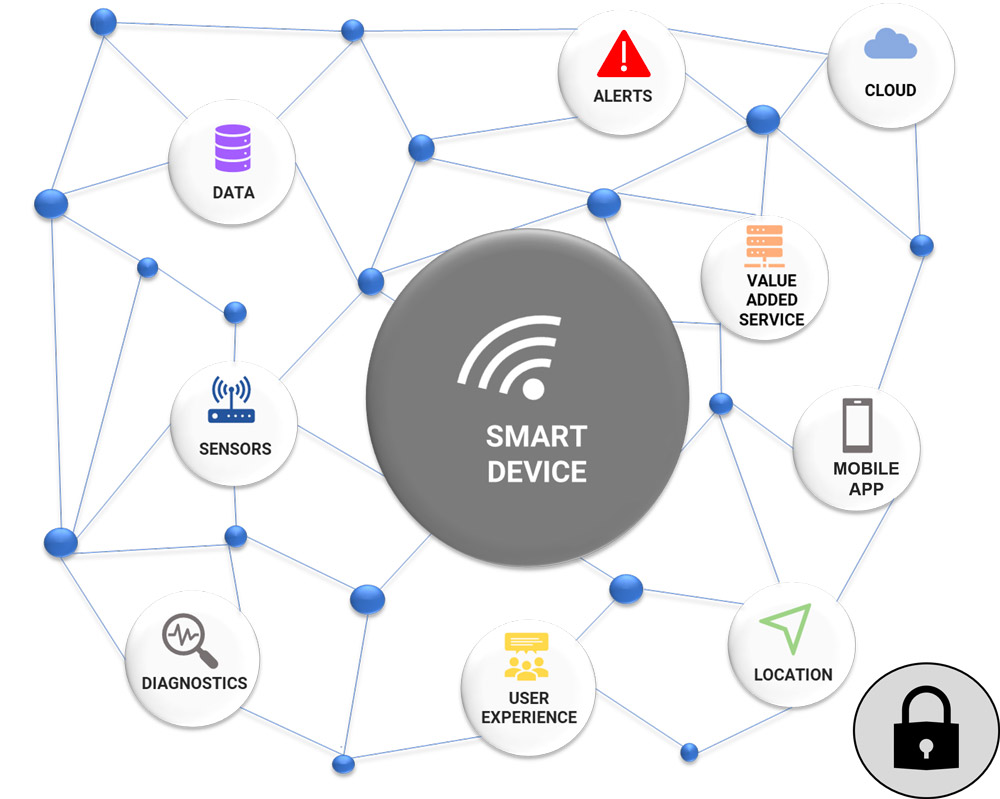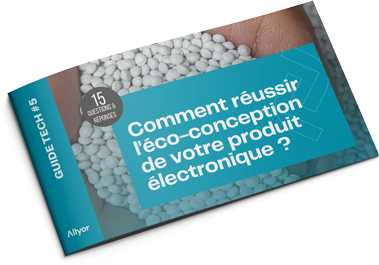IoT, the Internet of Things, is a growing field that is being integrated into all sectors of activity. Definition, key figures and challenges: we’ve put together the essentials for understanding the IoT.

What is IoT?
IoT stands for Internet of Things. It refers equally to physical objects capable of transmitting or receiving data via sensors or actuators, to the network through which this data transits, to the platforms capable of collecting and analyzing it, and to the associated user interfaces.
The example of the garbage truck illustrates this definition. What used to be a simple recycling truck now features a number of sensors that can be used to collect data and adjust the truck’s routes.

How did the IoT come about?
There have been three waves in the IoT. The 1st wave occurred at the same time as Apple’s first iPhone in 2007. It was a world of start-ups, geeks and early adopters. The general public was not aware of connected objects.
The second wave came when Google bought Nest for $3 billion in 2014. In fact, it was around this date that FrenchTech was born in 2015. Companies that were naturally agile in innovation, in electronics, began to include IoT in their development: Schneider, Somfy, Legrand. Their strategy was either to develop in-house, or to acquire 1st wave start-ups. The emblematic example was Somfy’s takeover of MyFox in 2016, or Legrand’s Netatmo in 2018. During this wave, the general public began to become aware of the IoT.
Today, we’re in the 3rd wave, which will revolutionize our daily lives. We’re entering a globalization process in which all players will be connecting their objects. This deployment is made possible by the implementation of infrastructures (5G, satellites, etc.).
In figures, what data do we have on the IoT?

The number of IoT-related connections is rising steadily, with a 13% increase between 2019 and 2025.
In 2019, 95% of companies that have integrated the IoT have already measured the beneficial effects, and 74% of these companies say that if within 5 years the IoT is not integrated they will fall due to competition. (data: Vodafone Business – IoT Barometer 2019).
The top 3 profits are:
IoT and the ecological transition?
L’empreinte carbone de la tech est évidemment importante, notamment due aux data, à la partie électronique ou encore matières plastiques.
Concernant l’hardware, de nombreuses solutions existent pour réduire cet impact. Premièrement, il est important de réaliser l’analyse de cycle de vie des produits pour comprendre les actions possibles. Plusieurs leviers sont ensuite possibles :
During manufacturing, eco-design actions such as the use of recycled materials, reduced use of paint or glue, bi-materials ….
Lors de la fin de vie, avec la mise en place d’un modèle permettant la récupération des produits cassés ou plus utilisé, pour une revalorisation des produits
Discover the actions possible through Altyor’s eco-responsible approach, Design for Tomorrow.

Discover our circular economy guide
The circular economy aims to reduce waste and maximize the reuse of resources. This is crucial because it minimizes raw material costs by reusing and recycling components: it is a major player in reducing environmental impact.
Our programs to suit your needs
UnLock program
Need help defining the specifications for your connected product?
LaunchPad program
Do you need to design and produce
functional prototypes?
ScaleUp program
Do you need to design and manufacture
your connected object?
Infinity program
Want to give your product a second life
your product through a circular economy loop?